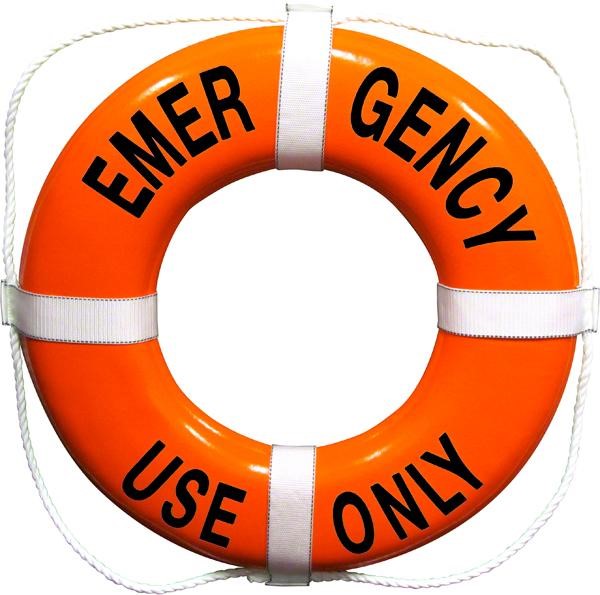
Over the last two months, I’ve helped at some of KP Washington’s weekend COVID-19 vaccination clinics. After a year of pandemic disruption and worry, giving vaccine shots is really a joy. I’ll definitely remember the day we vaccinated over 1,100 schoolteachers.
A few weeks ago, I was assigned to the post-vaccination observation area. Watching for allergic reactions is not as gratifying as giving shots. But spending several hours watching over the recently vaccinated did give me time to think about that type of work.
Fortunately, we didn’t see any severe or dangerous reactions to the vaccine. Several people did feel lightheaded or dizzy after vaccination, but those reactions were more ordinary anxiety than allergy. My job was to respond quickly to any serious reaction and not overreact to reactions that weren’t dangerous. Epi-pens, IVs, and stretchers were just out of sight; we’d rather not bring them out unnecessarily. Those interventions are pretty intrusive – and alarming to everyone else watching.
Looking out over the post-vaccine observation area, I was reminded of my days as a lifeguard at the city pool during high school summers. That lifeguard job was actually pretty similar to post-vaccine observation. We often watched over several hundred people in an afternoon. My job was to react quickly to any real danger while not diving in to rescue anyone who didn’t need that kind of help. Grabbing someone to drag them to the side of the pool is also pretty intrusive – and alarming to everyone watching.
And that got me thinking about my current day job in mental health care – especially our work regarding outreach and population-based care. There as well, we hope to respond quickly to people with urgent needs while avoiding any over-reaction that’s intrusive or alarming. The help we offer shouldn’t be overly restrictive or overly medicalized.
But how can we know who needs more urgent – or even more intrusive – help? I decided that my post-vaccine observation work could borrow a practice from my lifeguard days. Back then, whenever I fished someone out of the deep end, I’d ask them to sit next to me on the lifeguard bench for a while. And we’d talk a bit. Sitting and talking together was both diagnosis (Is this swimmer ready to go back in the water?) and treatment (“I think you’ll be fine – now enjoy the rest of your day”). So I tried that out in the vaccination clinic. When one of our vaccinated felt dizzy or faint, I’d ask them to come sit next to me so I could take their hand to feel their pulse. We would make small talk so I could see their face and hear their voice. And after a while I could say “I think you’ll be fine – now enjoy the rest of your day.”
Greg Simon
